Wilderness Cooking – Choosing a Camp Stove
Steam rose from the nearby lake. The forest was quiet this morning, and the sun was barely rising over the eastern treetops. I had just turned off the camp stove after cooking. The smell was delicious. Hash browns for breakfast, wilderness cooking at its finest. I had fixed the potatoes myself, lightly fried over our camp stove, mixed with a healthy amount of cheese and onion. The four of us took turns sharing out our portions, and naturally, the chef ate last. I enjoyed a cup of coffee with breakfast, just black, as I’m not a fan of sugar or cream in my sacred morning ritual drink. We were not in a kitchen. Not in a city. We were in the Wind River Wilderness out in Wyoming.

There seems to be a common misconception that the only food out in the wilderness is terrible food. Believe it or not, I have met people who say they avoid going out into the field because they don’t want to eat whatever it is they think backpackers eat. Okay, well there is a kernel of truth here. Freeze dried foods are decent but astronomically expensive. Military Meals Ready to Eat, or MREs, are costly and awful. Those are some of the foods most commonly associated with the wilderness, but there is so much more to backcountry cooking than that.
Wilderness Cooking
One, you don’t need to spend a lot of money.
Two, it’s possible to cook food that is both simple and good.
Three, it’s fine to learn by trial and error.
What to Cook
All right, so you’ve decided to try out real cooking in the backcountry. You’ll need to find a good site for this, namely one far, far from where you plan to sleep. The last thing you want is a wake-up call from a grizzly bear next morning. Next, your kitchen should have water access, because, well, it’s hard to cook without water. Finally, find somewhere pretty! There’s nothing like a meal with a beautiful view.
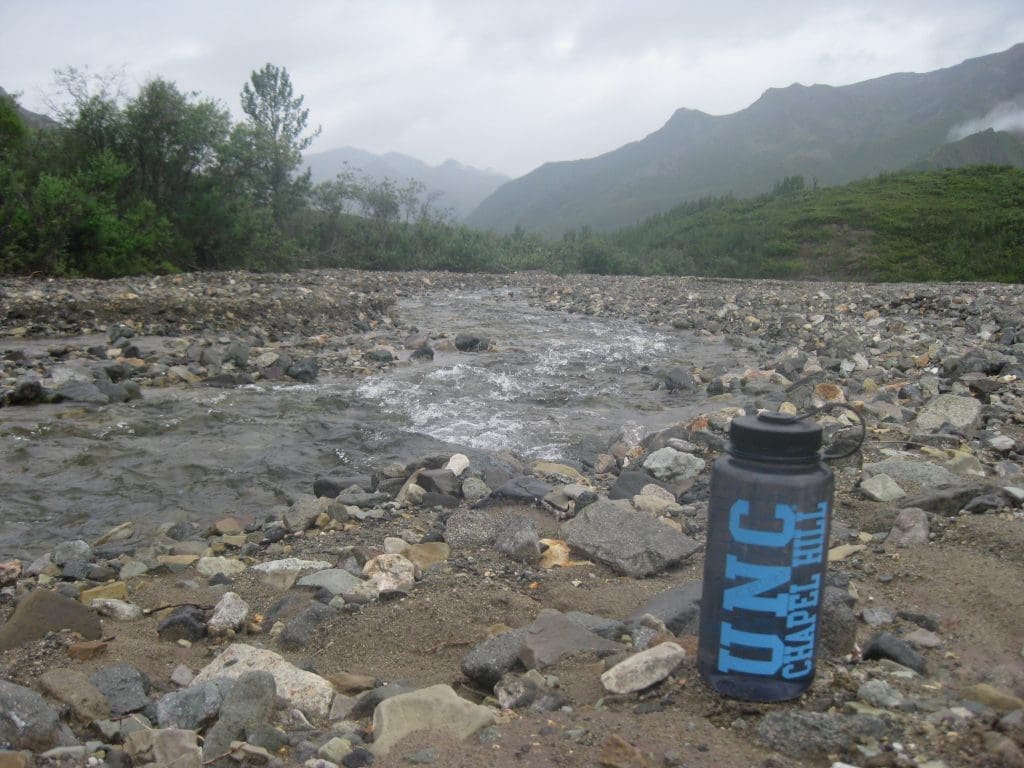
But I can already hear the question: How and what can you cook in the field?
Two great staples are rice and quinoa. I prefer quinoa because of the protein (and I prefer the taste), but rice is much cheaper. Just boil it up in water and throw in a few additions. Onion and garlic keep very well in the field, so they make great additions, as do dried veggies. And don’t forget the spices! There are hundreds of different spices to choose from, and none of them weigh all that much either. In the case of rice, you can also lightly fry it in some olive oil. If you know wild edibles in your area, those are sometimes an excellent addition, just make sure you know that they’re safe before eating them! One of my favorite wilderness meals was quinoa salad, boiled quinoa with wild bluebells, a form of spinach.
Another great idea, especially with rice, is eggs. Naturally, it’s not very practical to carry eggs in the wilderness, but powdered eggs work great in the field. My favorite use of eggs is as a mixer for fried rice. The egg will add protein and texture to your dinner.
There’s also pasta, which is easy to cook out in the field, even if it’s not something I’m a huge fan of. It’s not because I don’t like pasta, it’s because pasta is very, very bulky. I’m pretty concerned with the weight and volume of my pack, so pasta typically stays at home just because it takes up so much space.
You can also throw in some meat if you’d like. Summer sausage, the precooked meats you’ll find in any grocery store, keeps exceptionally well, and adds some flavor and protein to your meal. However, my personal favorite is freshly caught fish. Best rice dish? Fried rice with sauteed brook trout out in Wyoming. If you enjoy fishing or hunting, find a way to work that into your wilderness diet!
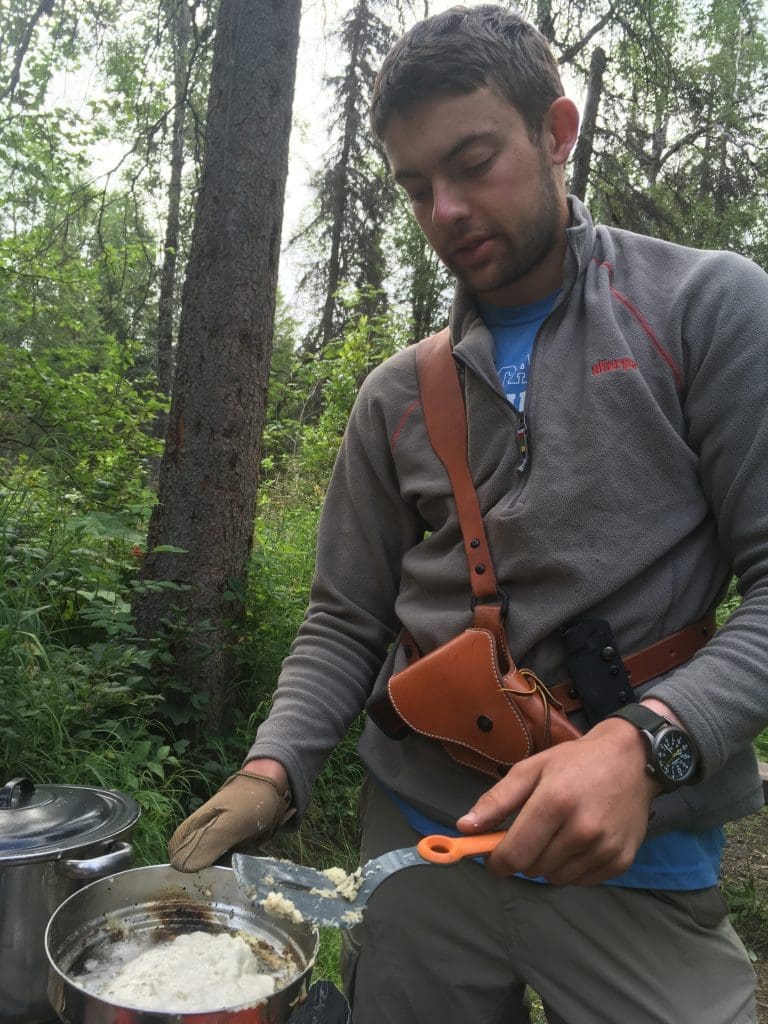
I mentioned hash browns earlier in this piece. They were simple to make, just dehydrated sliced potatoes soaked in cool water, then fried with cheese. Add some salt and pepper, and we had the perfect breakfast food. Humble oatmeal is also a solid breakfast choice, and you can add anything to it, from raisins to chocolate to cinnamon.
There are far too many food options for the field for me to mention all of them here, but I’m an enthusiastic fan of oatmeal and quinoa. For lunch, I’ll typically just snack along the trail instead of stopping. Granola, almonds, peanuts, cashews, even chocolate. Anything I don’t have to cook is a valid lunch option as cooking does take a fair amount of effort, not to mention unpacking my pack.
Types of Camp Stoves
So, we’ve gone over some food options, but how to cook them?
There are many options for backcountry stoves out on the market today. A lot of them are particularly good, and I’ll divide them into a few types here.
Canister Stoves
There are canister fuel stoves. Things like Jetboils fall into that category, stoves fueled by a non-refillable canister of pressurized fuel, which makes it quite convenient. Canister fuel stoves are also typically quick to boil water. If you are out in the field with freeze-dried foods, these Camp stoves are great because of their light weight and fast cooking speeds. However, these stoves do fall a bit behind when it comes to cooking. That’s because they generate so much heat that you are likely to burn whatever you are trying to simmer. Now, cooking is possible over a Jetboil or similar stove, but it is awkward.
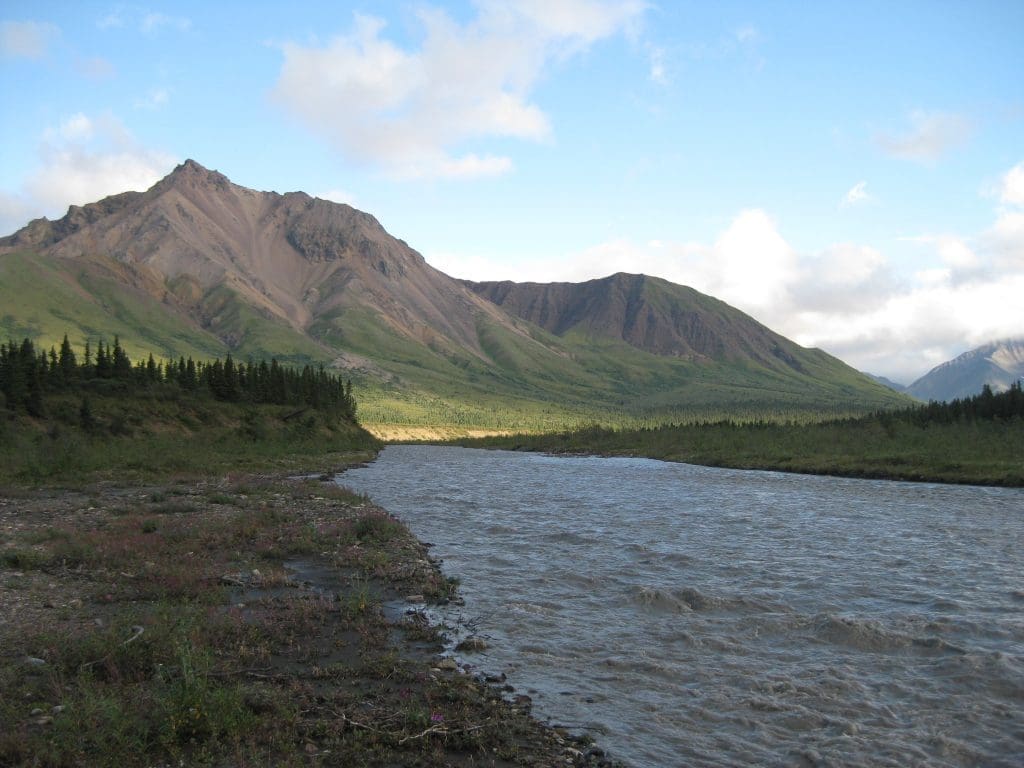
Wood Stoves
Next up, wood burning stoves. This may seem a little anachronistic but hear me out. There are some insanely light wood stoves on the market today. Things like the titanium Emberlit and Bushbuddy stoves come in at under half a pound. And you don’t have to carry petroleum-based fuel. If you’re out in an area where it is safe and legal to burn a small fire, you really might want to consider one of these. I have personal experience with the Emberlit, and I do like it. With wood fire, controlling heat is slow, but you do control the heat, unlike with a canister fuel stove. Add to that the low weight and free fuel, and under the right circumstances, a wood stove can be a real winner.
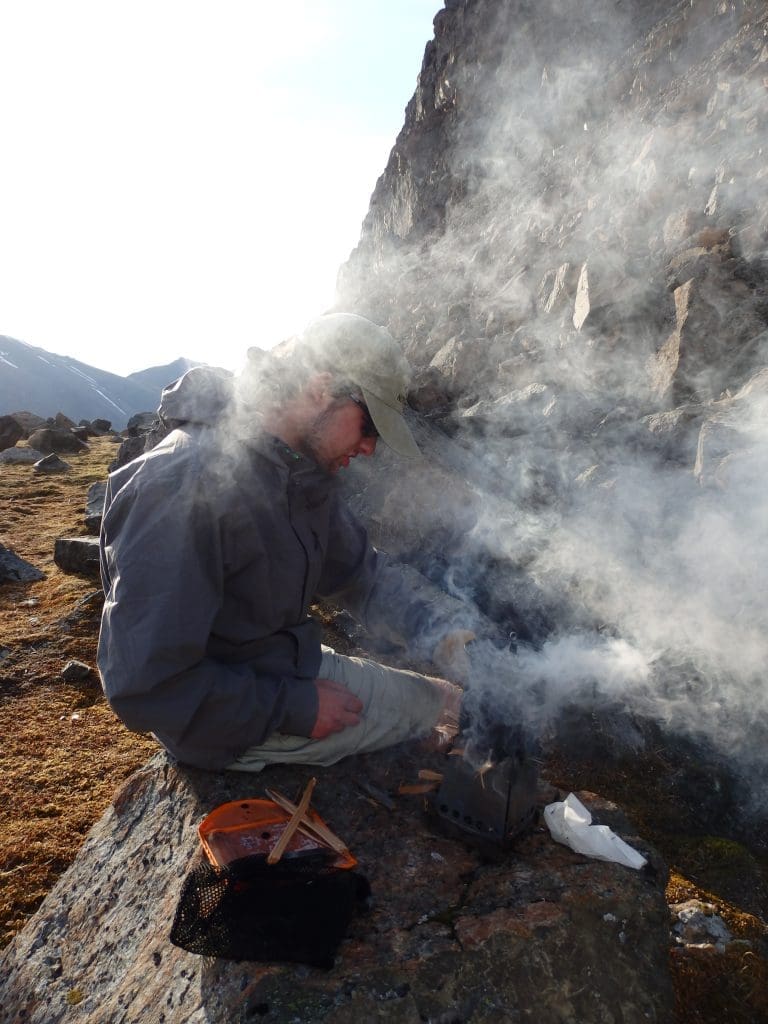
White Gas Stoves
And now my go-to stove. The MSR Whisperlite series. I swear that these things are magic. They’re on the heavy end of things, but you can adjust the pressure of the tank, unlike a canister stove. This stove allows you to control heat output, meaning you can simmer or fry things quickly. This isn’t an instructional piece, but the Whisperlite is reasonably straightforward to use with some practice, I have a ton of experience with these stoves, and I have never seen a failure that could not be fixed by some simple cleaning. And I have seen more skilled cooks than me whip up things like brownies, bread rolls, and calzones. Yes, calzones. Personally, I carry the Whisperlite the most often, though I have high opinions of all three types of stoves.
So, what’s the right Camp Stove option?
Well, if you don’t have to spend money, don’t. I’ve lent my stoves out to friends many times, and I’m quite sure you’ll be able to do the same. Now, if you decide you really like one type or another, then, after getting some real experience, you may want to consider buying. As I said, the Whisperlite is the most versatile of the three types, so as a general go-to stove, it’s my number one.

Camp Stove Advice
There are a lot of correct stove options, just like there are a lot of correct food options. But let’s go over a few things you may want to avoid.
Weight is the enemy. I met people carrying a cast iron propane stove, you know, the type your grandfather uses to cook in the backyard. And they were carrying this deep in the wilderness. Also, food like MREs is very, very heavy, so on that alone, I would avoid it. One of the reasons I like rice and quinoa so much is because it’s light per calorie and takes up extraordinarily little room in my pack. So, whatever you do, keep weight down. Even if you’re car camping, reducing weight will simplify things a lot.
Also, you may want to stay away from elaborate foods, at least at first. I did mention the friend who made calzones in the field, but he was a far better cook than I am. I do my best to keep with things which are only one dish, again, rice and quinoa fall neatly into that category. Oats or pancakes from breakfast also fit because they just require me to cook them once. A multi-step process has a lot that can go wrong with it, so keep it simple.
And with all the talk of food, never forgot things like tea or coffee. They’re some of the best morale boosters, and the simple ambiance of coffee in the wilderness is impossible to beat. I live and breathe for coffee, so I carry coffee grinds in the field and brew them cowboy or Turkish style, with the grinds at the bottom of my cup. You can also pack instant coffee, which is far simpler. Tea is my evening ritual, and for that, I just pack bagged tea, no need to mess around with loose leaves.
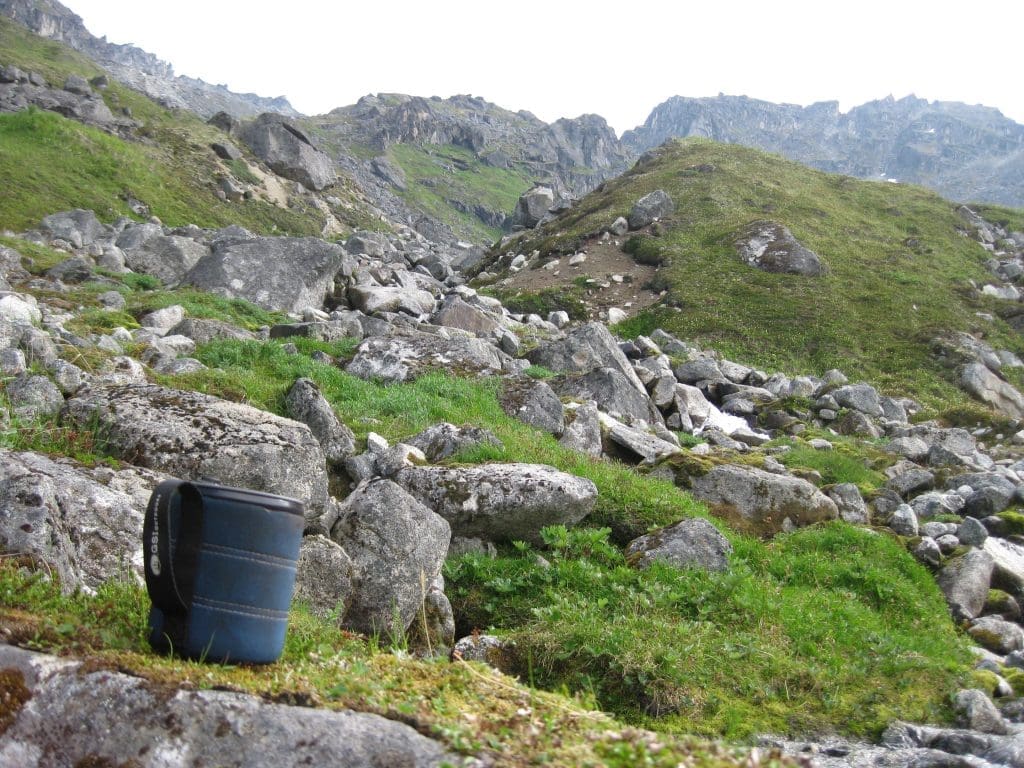
And try to save your money. One of the reasons I moved away from freeze-dried foods was their cost. Foods like Mountain House are straightforward to make and taste good, but they cost about ten dollars in most cases. For that cost, I can buy a lot more food if I prepare it all myself. That said, freeze-dried meals pair themselves well to canister fuel stoves like the Jetboil, so if that’s your stove, freeze-dried foods should go nicely, as you only boil the water and then pour it into the package. No risk of burning dinner. But as a rule, simple foods are more affordable.
Cooking while out in the field should be a fun learning experience. Start out simple and affordable, and with not too much practice you’ll figure out what does and does not work for you. You do not have to eat terribly out there. In my time in the wilderness, I’ve gone from burning rice to the bottom of my pot to cooking up fried rice with trout, or cheesy hash browns. And occasionally, when I experiment, I still end up burning food to my cookware. So don’t be afraid to play around with recipes. Have fun out there and eat well!
Wilderness Cooking Supplies
These are all the Wilderness Camping Stoves we’ve mentioned in our article. We’re an amazon affiliate, purchasing these stoves from these links may allow us to earn a commission. Let us know which stove you choose; we love reader feedback!
- Reliable and simple design has been trusted by backpackers, hikers, and adventurers for over 25 years
- Compact-folding design and flexible fuel line fits in most MSR pots
- Shaker Jet technology and straight-forward design allow easy cleaning and maintenance in the field
- Ultralight stainless steel and brass construction weighs only 11.5 ounces
- Includes fuel pump, windscreen, heat reflector, small-parts kit, instructions, and stuff sack (fuel bottle not included)
- Start heating instantly with the convenient, reliable pushbutton igniter, and verify that the water's ready with the thermochromatic color-change heat...
- Compatible Jetboil accessories, such as a coffee press, hanging kit, pot support, skillet, FluxRing cooking pot, and utensils make this a necessity...
- For any adventure—from alpine expedition to a weekend trek—Jetboil offers a stove that will keep you fueled. When exploring the backcountry, a...
- Jetboil's 1-liter FluxRing cooking cup with insulating cozy makes boiling water—and keeping it warm—a breeze, making the Jetboil Flash personal...
- Ideal for: backpacking, camping, hiking, camp cooking, overland camping, survival camping, fishing, hunting, and emergency use.
- Packs flat for storage
- WT. 11.45 oz
- Boils water in 10 min
- Made in USA
- Lifetime warranty
- GEAR OF THE YEAR WINNER - RECOMMENDED BY BACKPACKER MAGAZINE. The Solo Stove is the most popular wood-burning backpacking stove recommended by...
- PATENTED DESIGN - LESS SMOKE. The patented design features a unique double wall that creates ultra-clean gasification and a secondary combustion. This...
- FUEL IS FREE. No more spending money on white gas or expensive liquid canister fuel. Solo Stoves use twigs, leaves, pinecones and wood as fuel. Free...
- LIGHTWEIGHT & FAST BOIL TIME. Boils water in 8-10 mins (34 fl oz water). 4.25" Diameter, 3.8"/5.7” tall (packed/assembled). Solo Stove weighs only 9...
- COMPACT SPACE SAVING DESIGN. The compact Solo Stove design nests inside the companion Solo Stove Pot 900 (included) leaving you with more room in your...
Affiliate links & Product Images are from Amazon Product Advertising API.
Pin It!
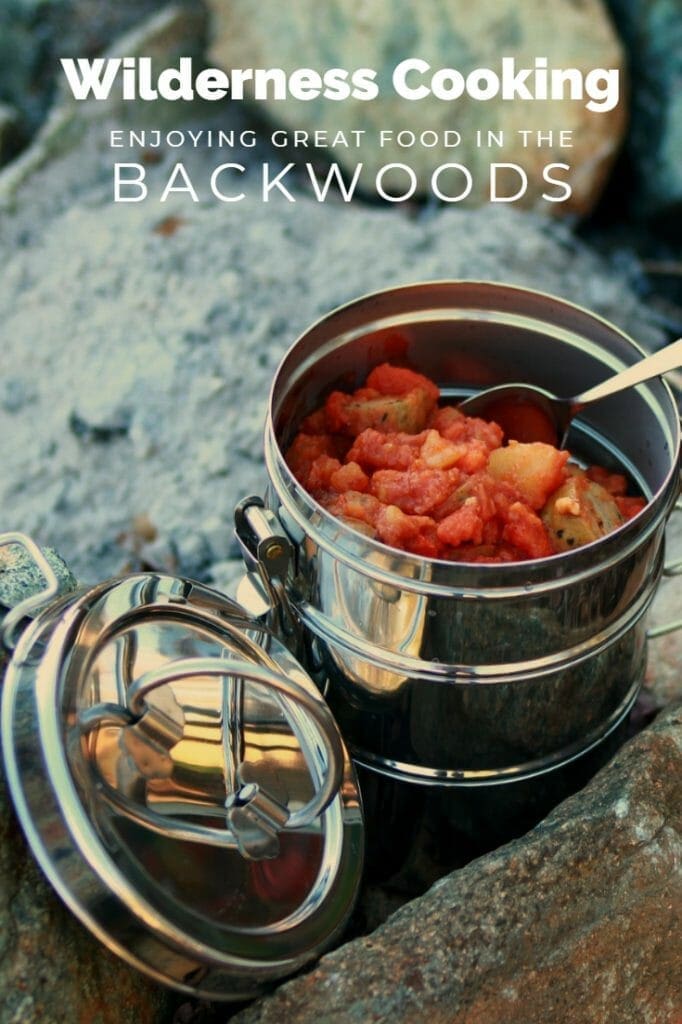
What tips, tricks, and advice do you have for Wilderness Cooking? let us know in the comments below and share your story!

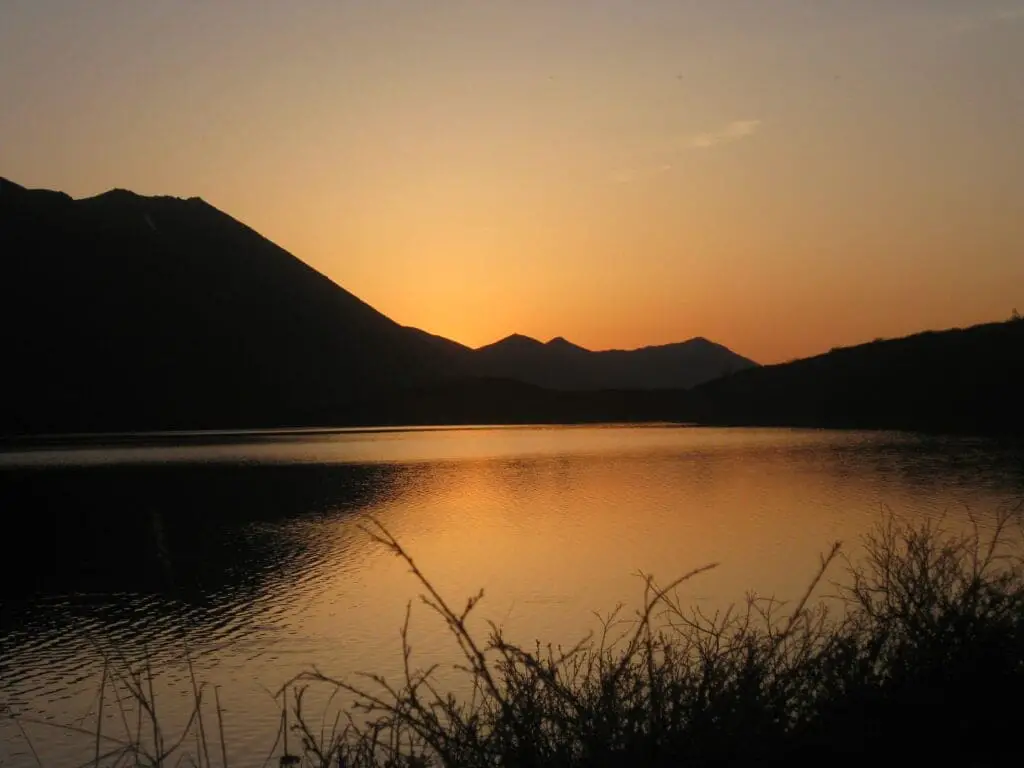




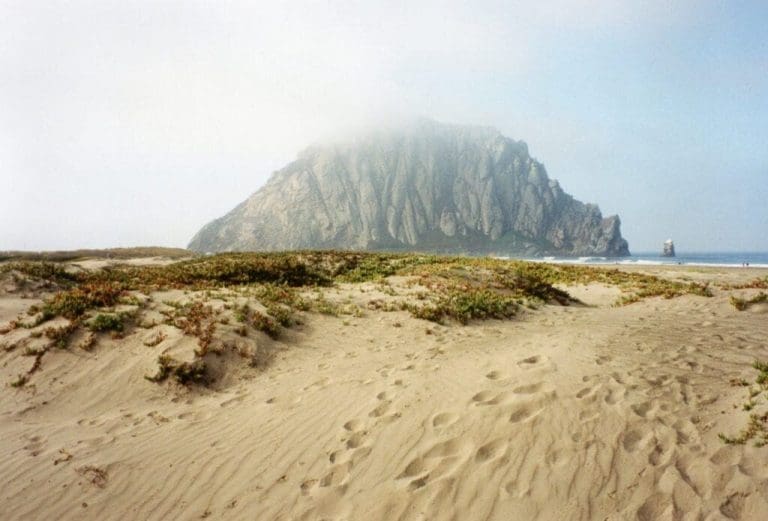
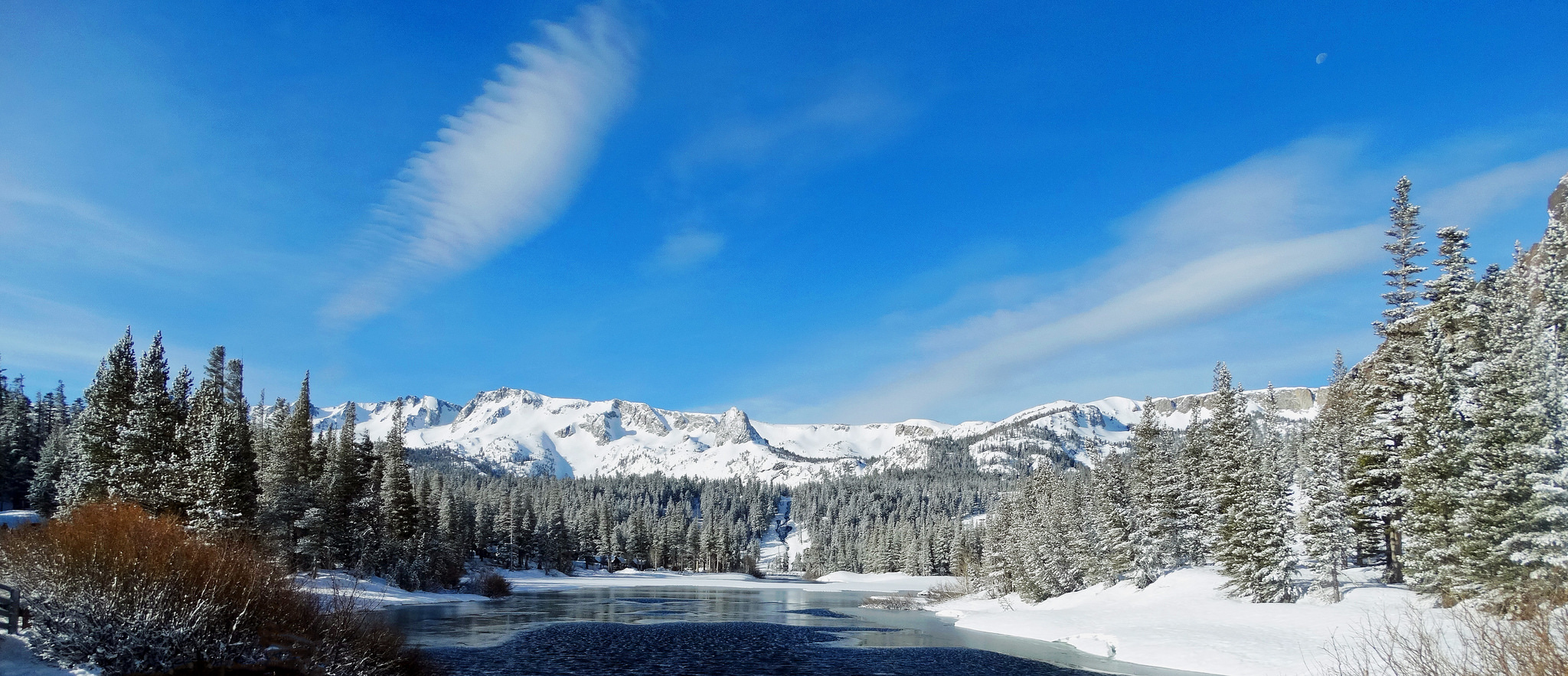
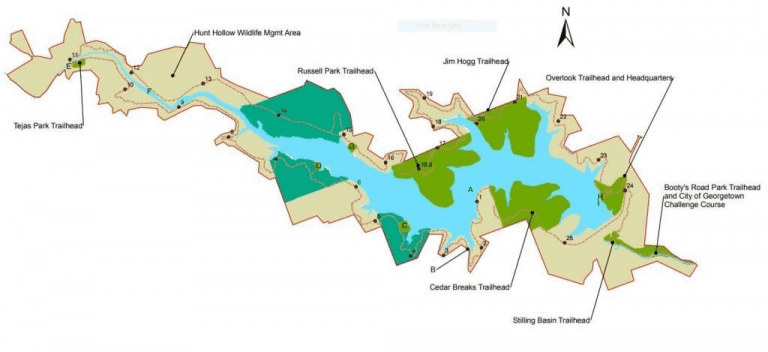
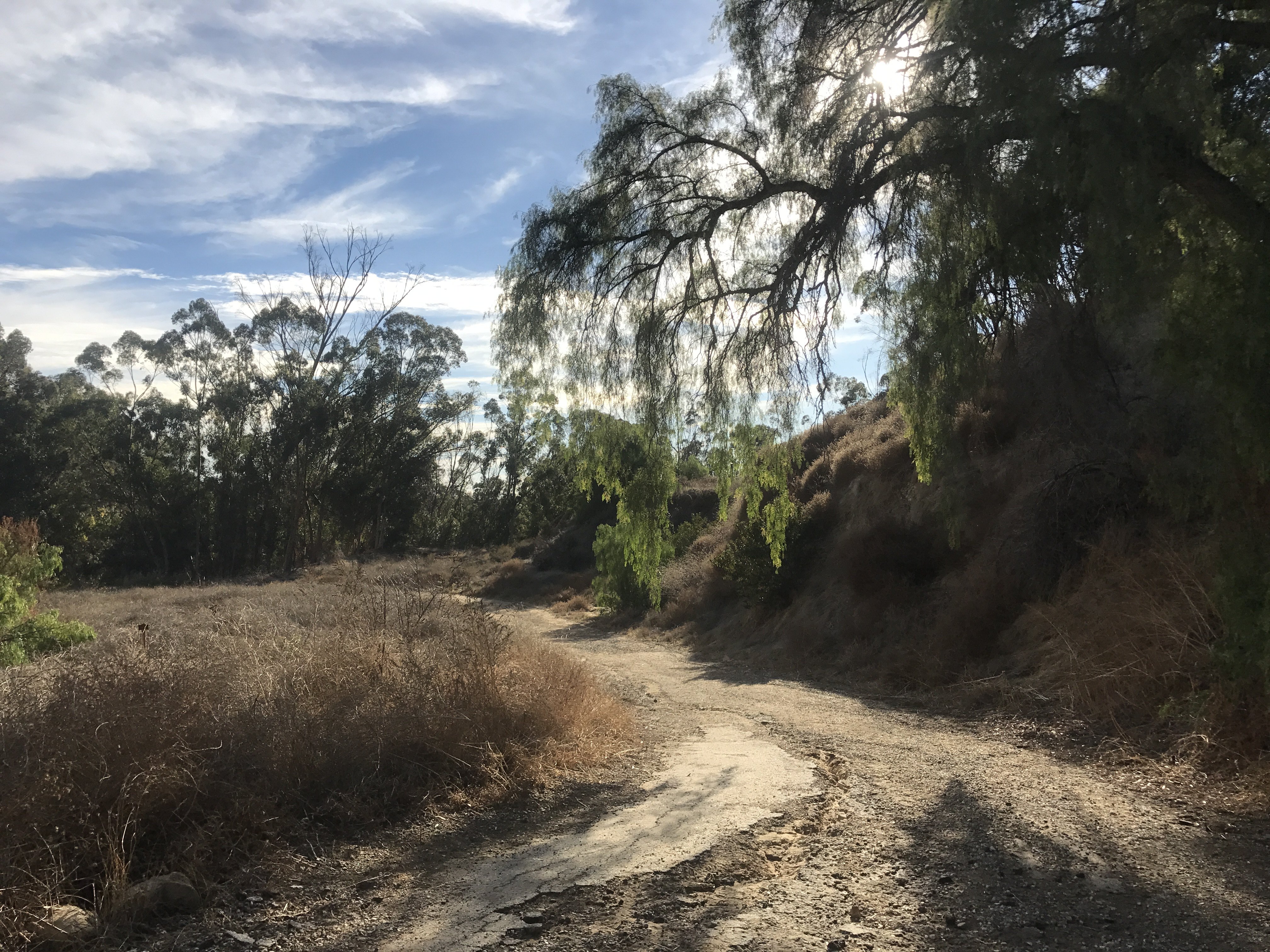
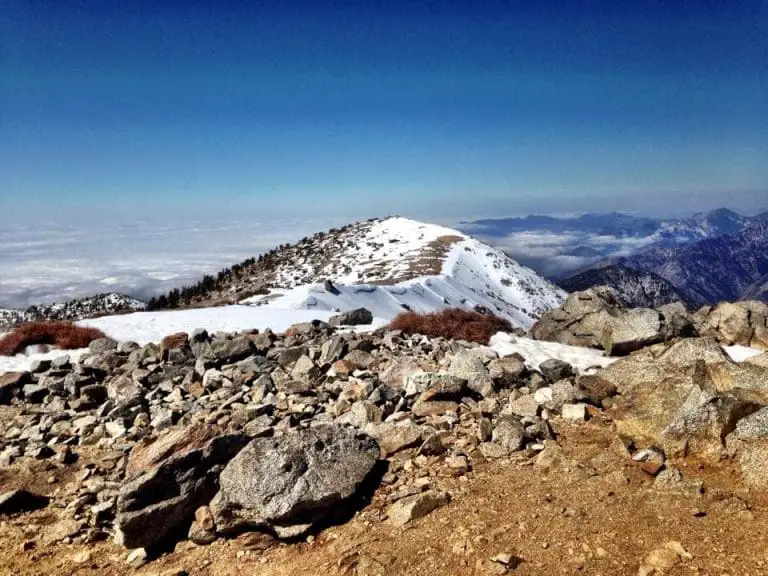

Awesome views, Garland! Better that any kitchen if you ask me. Eggs are also my go-to food when camping. If traveling with 5-10 people, butane-filled canisters along with a portable stove will do the trick.
Thanks! I’ve had a lot of good times with powdered eggs out there. And I agree on the canister stove, even if I slightly prefer the Whisperlite.
Yeah I really do love the Whisperlite, especially if you can get the Universal model on sale. It can burn white gas, kerosene, unleaded fuel, and some others I can’t remember. As far as writing goes, I would check out the ‘Write for Us’ page, it’s got tons of details.